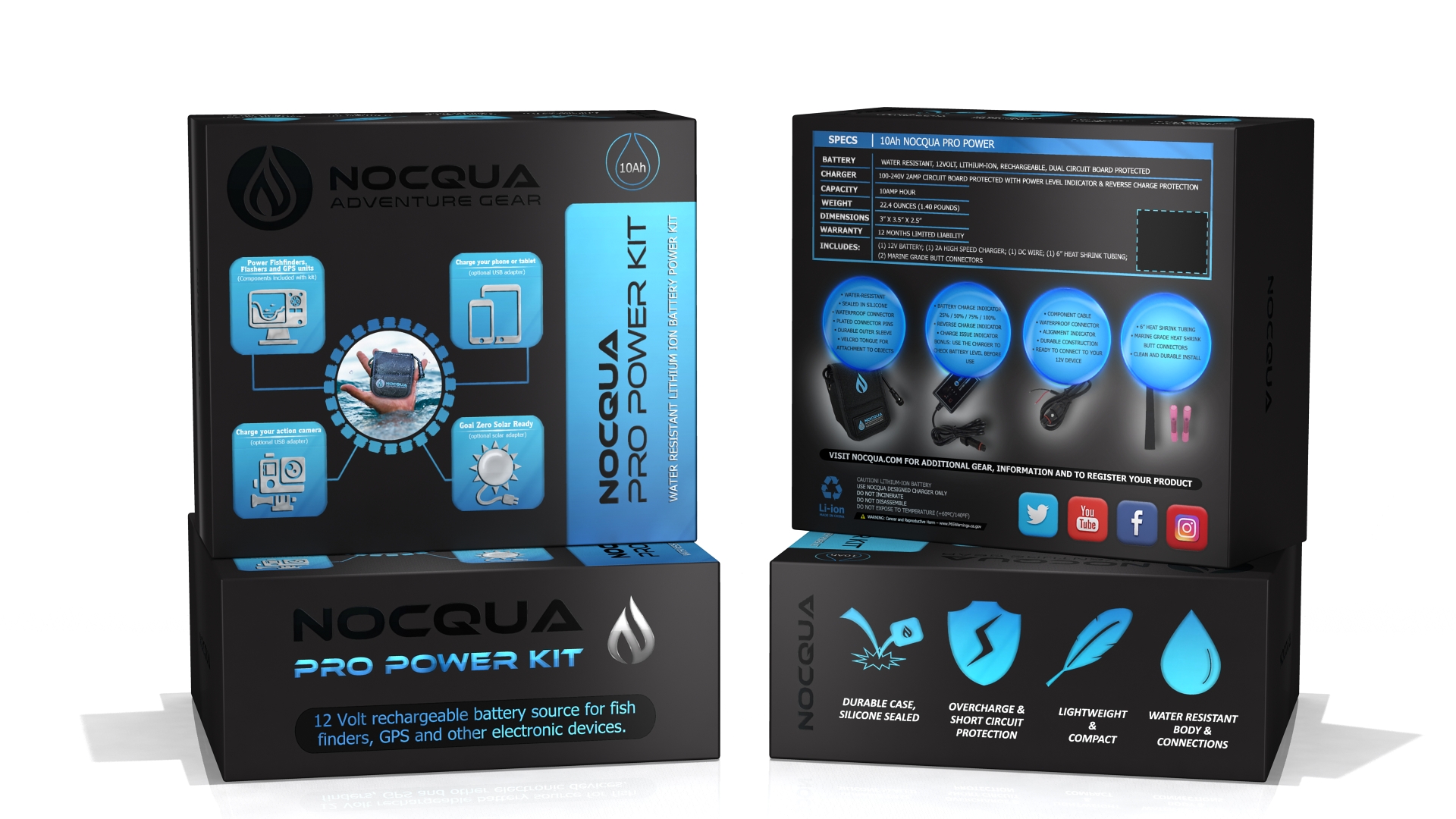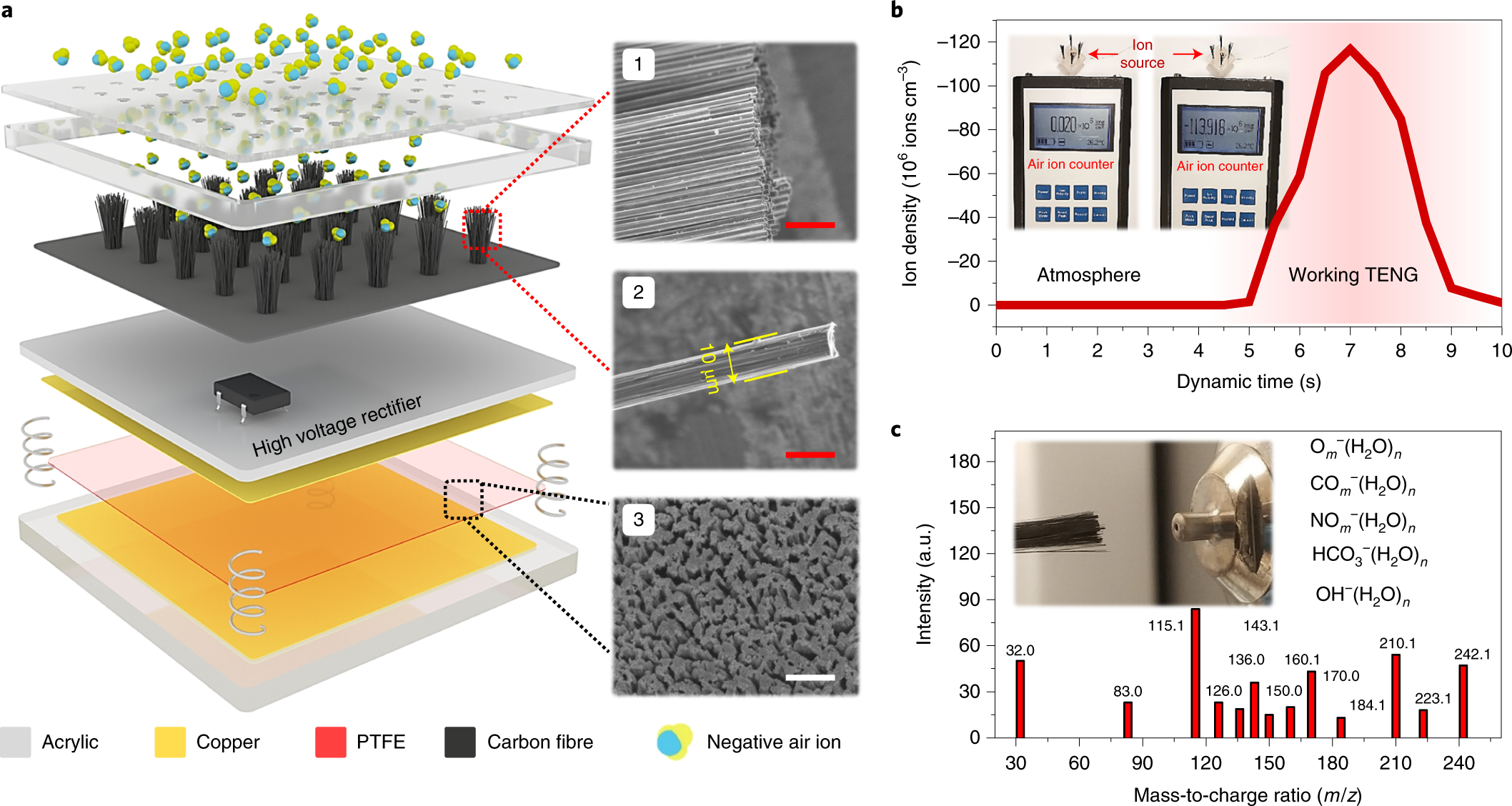
Patients will know the battery has been depleted when this LED light no longer lights up. When dosing with the Palm, an LED light on the top of the device will illuminate. The aluminum case covers roughly ¾ of the cartridge – enough to protect the cartridge, while leaving just enough visible to keep an eye on the status of your cannabis oil. Yet another wonderful feature of the Palm is the partial visibility of the cartridge. When connected to your cartridge, the cart and adapter will magnetically snap into place in the power supply, making it feel as though the cartridge belongs in the Palm. This allows for a magnetic connection between the Palm battery supply and cartridge. The adaptor is a small screw cap, roughly the size of a pea, that attaches to the bottom of 510 thread cartridges. Aluminum was the encasing material of choice to due to its weight it can be layered to ensure a hardy casing for the 500mAH battery while providing an incredibly lightweight experience for patients.īut what’s truly unique about the Palm (besides size) is the adapter. Created to literally fit in the palm of your hand, the aluminum-encased Palm measures just 1.7 inches in width by 2.5 inches by height and is slim enough to fit in your pocket without drawing attention. Patented by CCELL in 2020, the Palm power supply is next level discretion. The cartridge will magnetically snap into place (image courtesy of Jupiter). To activate the Palm power supply, connect the 510 cartridge with adapter. MÜV carries three CCELL power supplies, all powered by lithium-ion battery, draw-activated, and temperature optimized to provide high vapor output and superior flavor when medicating. CCELL saved a step for patients by taking the guesswork out of temperatures with their devices. The cartridge, however, would be nothing without its power supply. Breathing room ensures quick saturation of the wick and, in conjunction with porous ceramic, provides the proper pressure to allow for continual flow of the distillate into the wick. Additionally, this bubble creates room for the breathing room for the oil. This in no way means you were shorted your medication! In fact, the THC oil is doing what it needs (absorbing into the wick) to ensure you can dose your medication as soon as you need to.

Now, because use wicks to transport the distillate to the heating element, there is typically a bubble in the cartridge. CCELL's design achieves permeability of viscous cannabis oil throughout the coil, which in turn ensures an even heating to provide consistent, next level vaping. This, again, staves the possibility of a burnt hit, as the THC oil is readily absorbing into the ceramic wick, and prevents leaky cartridges. Second, being that ceramic is porous – it wants to absorb the viscous oil but cannot oversaturate the wick.

This mitigates dry and burnt-tasting puffs when compared to cotton, which absorbs the oil much more slowly and can burn at high temperatures. First, unlike cotton, ceramic can withstand the high heat necessary to vaporize cannabis oil without altering the flavor profile of the cannabis strain. Ceramic was an easy solution to transport and heat marijuana oils, for two key reasons. The traditional cotton wick was replaced with ceramic, which, quite literally, puts the C in CCELL. CCELL CartridgesĬCELL cartridge (image courtesy of Jupiter). CCELL’s quest to improve the patient experience started with the vaporizer cartridge.

Their dedication to innovation is palpable they hold five patents on their power supplies (batteries) and cartridges. This caused a range of issues, from leaking cartridges to burnt-tasting draws to vaporizers not hitting at all.ĬCELL® by Jupiter Research sought to improve marijuana vaporizers for the better, starting with the opening of three Research and Development Centers and employment of well over 600 scientists and engineers (now, there are over 10,000 employees!). It didn’t take long for marijuana vape producers to notice that THC oil and e-cig “juice” are vastly different consistencies - THC is significantly more viscous, especially when at higher cannabinoid percentages.

Cotton wicks, which absorb the oil and transport it a heating element, usually made of metal or glass, were the standard. The THC oil vaporizer cartridges of 10 years ago followed the technology of the e-cigarette industry. With all these options, it’s hard to believe vapes entered the industry a mere decade ago. Vapes have truly permeated the cannabis industry, with options ranging from pod-based to 510-thread and disposable, consistent strains and rotating, in varying sizes to boot. Better, still, is their ability to provide marijuana dosing via inhalation without the tell-tale cannabis scent. They are undeniably convenient, with no grinding, packing or rolling necessary to medicate. Vaporizers are the new marijuana norm, and it’s not hard to see why.


 0 kommentar(er)
0 kommentar(er)
